Skin is complicated, so to do this properly, I am breaking it into 3 parts over 3 articles. Part 1 is this 10 important points to skin, part 2 is mixing process, and part 3 is application.
Here are 10 points that will affect your mixing choices when you are painting skin tones.
1: Light bounces off of skin causing the usual form shadows and half tones that we are used to seeing on almost every surface of every object around us.
2: Light passes through skin at the same time that it is hitting the surface of the skin amplifying the light making it look brighter than usual, and causing the edge where the light and shadow meet each other to glow warm where the light is passing over to the shadow side.
3: Sweat can bead up on the surface of the skin causing the light source to scatter further across the forms making the highlight appear much broader that it should normally appear. This contributes to what is called ambient light on the forms.
4: The thinner the body part, the more light will pass through the surface illuminating it internally. Ears and noses are prone to this kind of excess light because of their thinness and cartilaginous areas where light passes through.
5: The surface of darker skin is more reflective than lighter skin, which is more light absorbent.
6: Skin changes complexion but does changes very little in value. Complexion is hue change, not value change, unless the person gets really badly burned. Tanning changes the value of the skin.
7: The planal surfaces of the flesh will take on an additional ambient light from the water reflectivity within our skin as well as the light glinting off all the little tiny hairs we have covering our entire body, at such an extreme angle.
8: All flesh is influenced by the color of the lighting and will warm up or cool down depending upon the temperature of the light. This means that a single portrait could take on many different hues depending upon how many different lights from different directions are illuminating the skin.
9: Like all other forms, if the light is warm, the flesh will appear cooler on the shadow side, and vice versa with a cool dominant light source.
10: When the skin changes color, it is changing direction to the viewer.
This one is for interpreting reference. This is the same thing as saying you are seeing a value change in the skin, however, some of these colors might share the same value as their neighboring forms and might not look significant enough to do anything with.
Just in the knee area of the right knee alone there are at least 20 major color shifts, not including all the minor shifts in the space. Each color shift is a different surface plane facing a different direction than the other color shifts in the space. Color and value are the indicators of a change in the forms.
There are no absolute formulas for painting flesh tones, the hues will change with the scenario, the complexion of the characters, and the paints you have chosen to cultivate your palette. The main thing to remember about anything we paint is to compare local values to each other and note who is lighter, who is darker, who are similar in value. Knowing the big picture values will help make the entire painting experience much easier to keep organized in the picture plan.
See you in the next one.


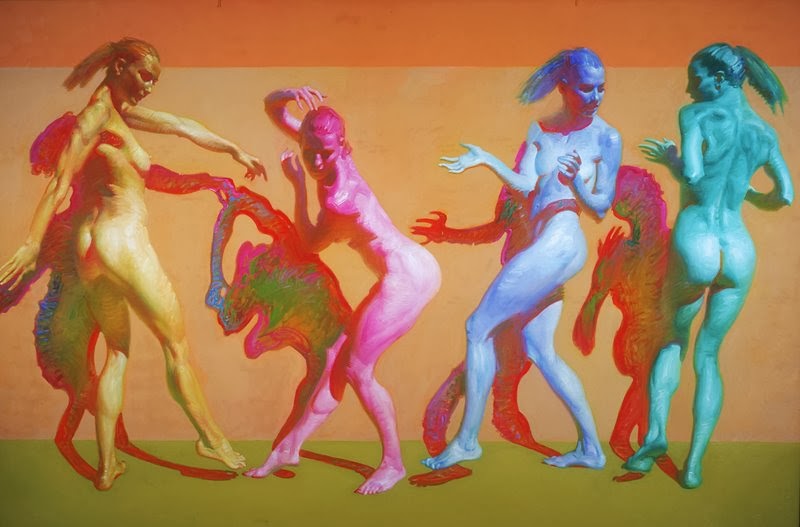
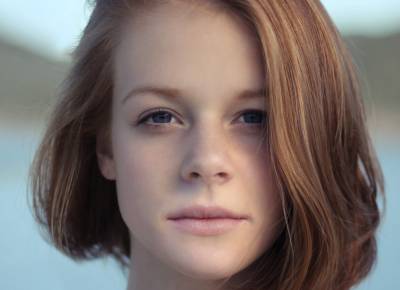


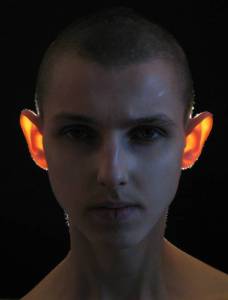


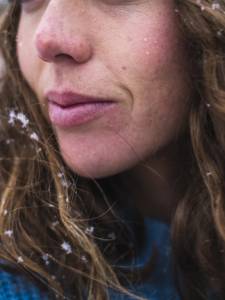


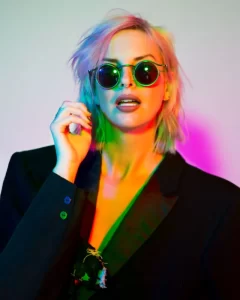
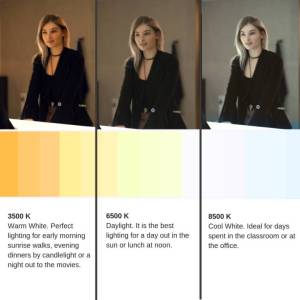
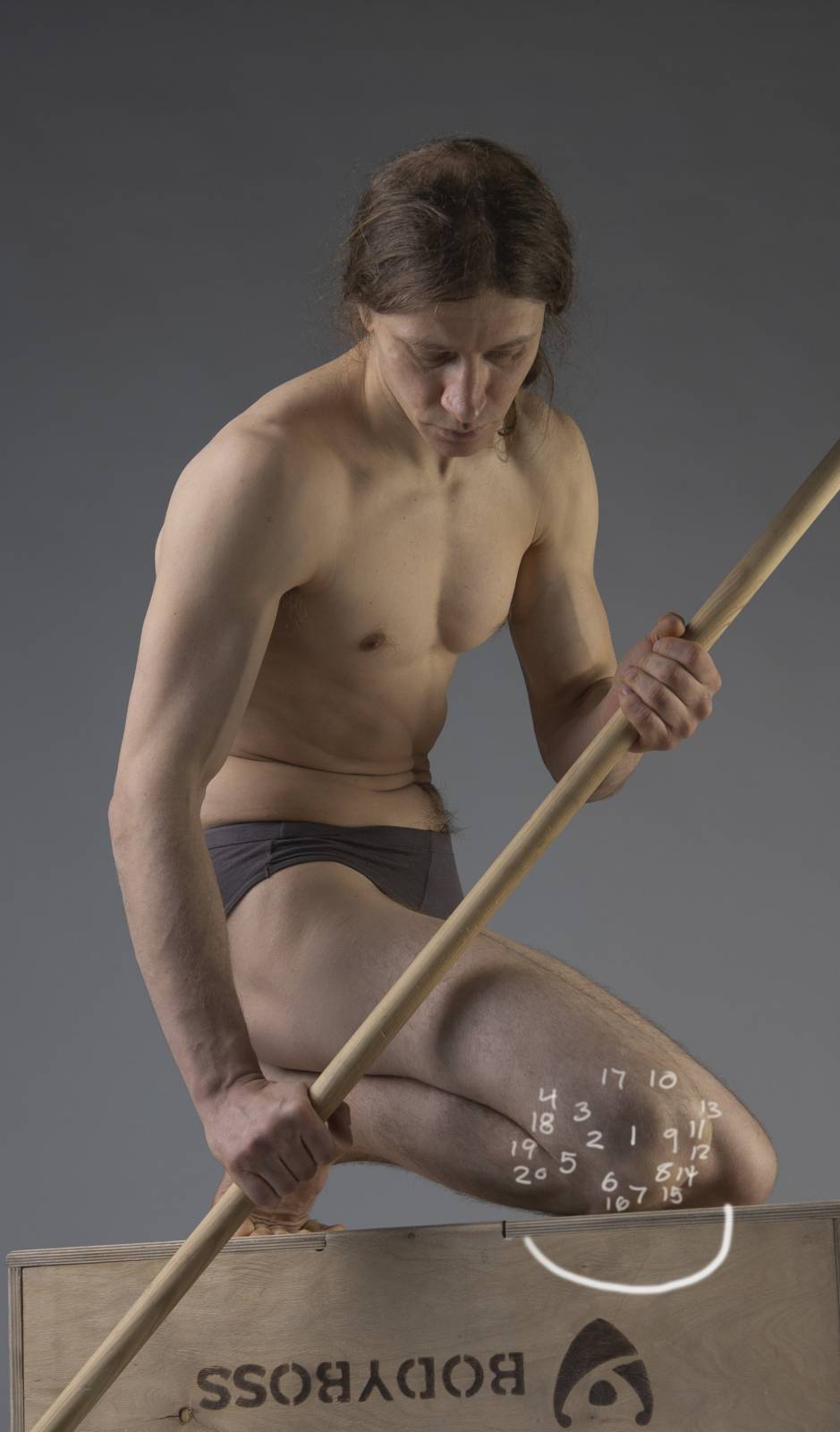
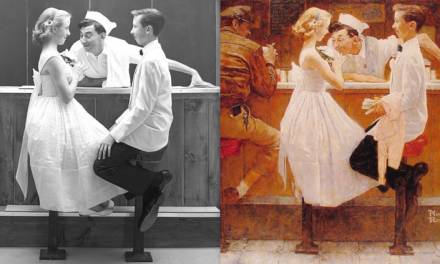


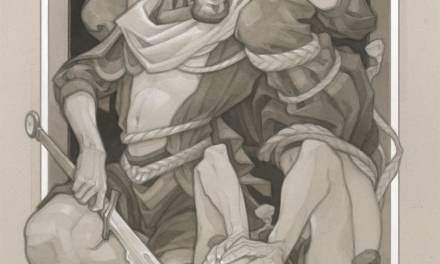

The “complexion changes hue less than value” tip is extremely helpful, thank you.
This is the case most of the time, but our eyes think that when a color is changing, that it is also changing all of its properties, which is why squinting at the subject is such an important part of learning to translate what we see.
Hi Ron, thank you so much for this series. This is so helpful for me and I’m sure for many others as well.
I’m currently working on low chroma studies and I have a question. Am I supposed to maintain the chroma relationship in my study (so for example a very blue sky should still be the highest chroma in comparison) or should I just gray every color to the same desaturated level?
FaQsMedicare Website is a Free, Trust worthy website for all aspiring Americans who are looking for Medicare Information.
Thanks for Good Information those who are looking for best TV Show may visit my website
A scholarship is a type of financial aid or grant given to students to help them pursue their education, typically at a college, university, or other educational institution Visit Website
This Blog is Based on Philippines scholarship update, Here students will get all type of Scholarship updates, Job updates,
Results and important updates, Follow us for updates